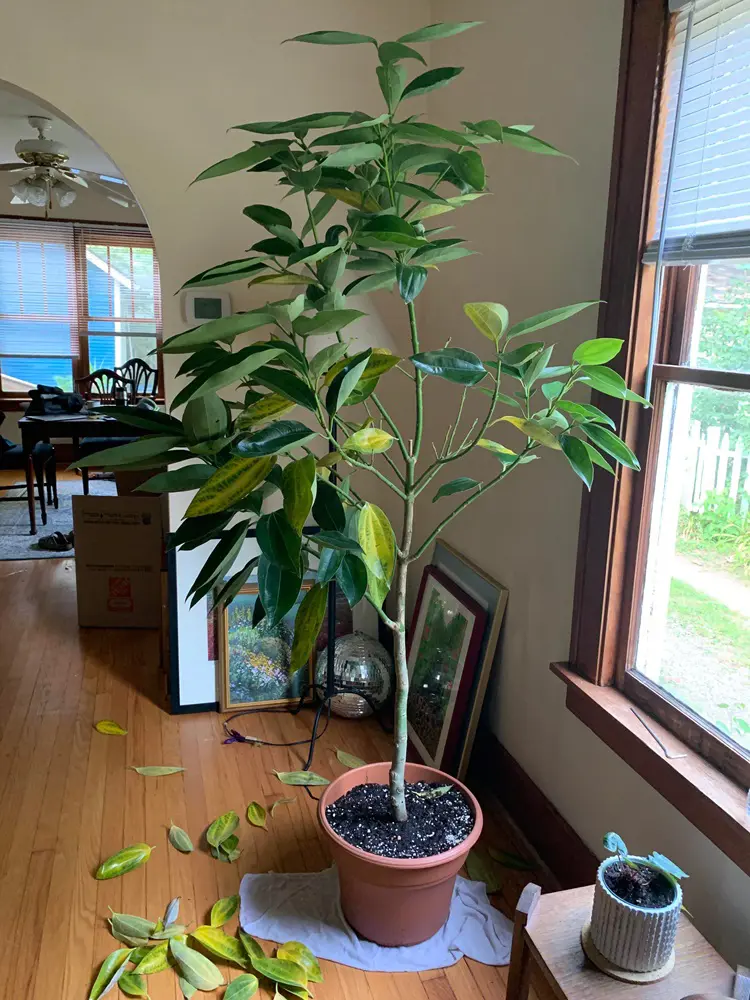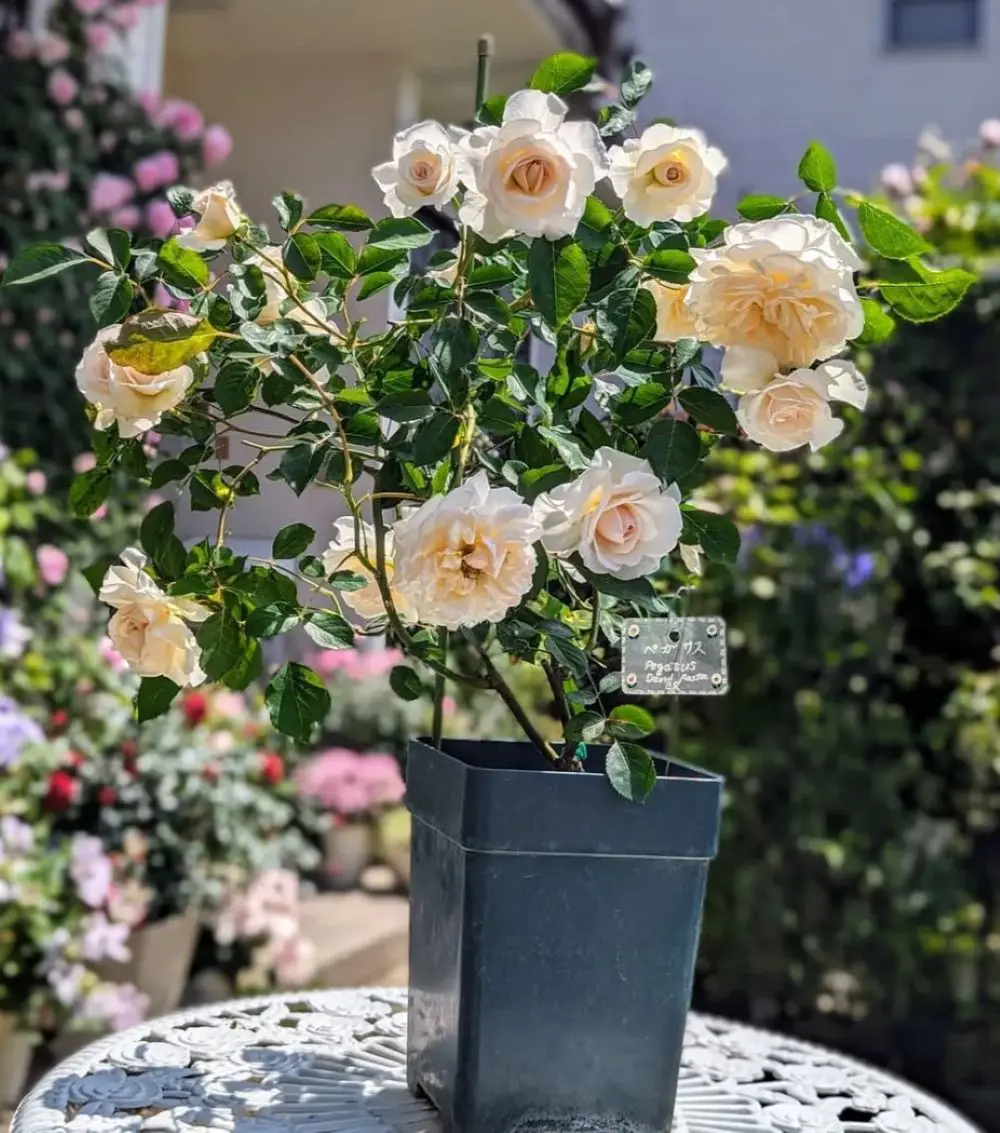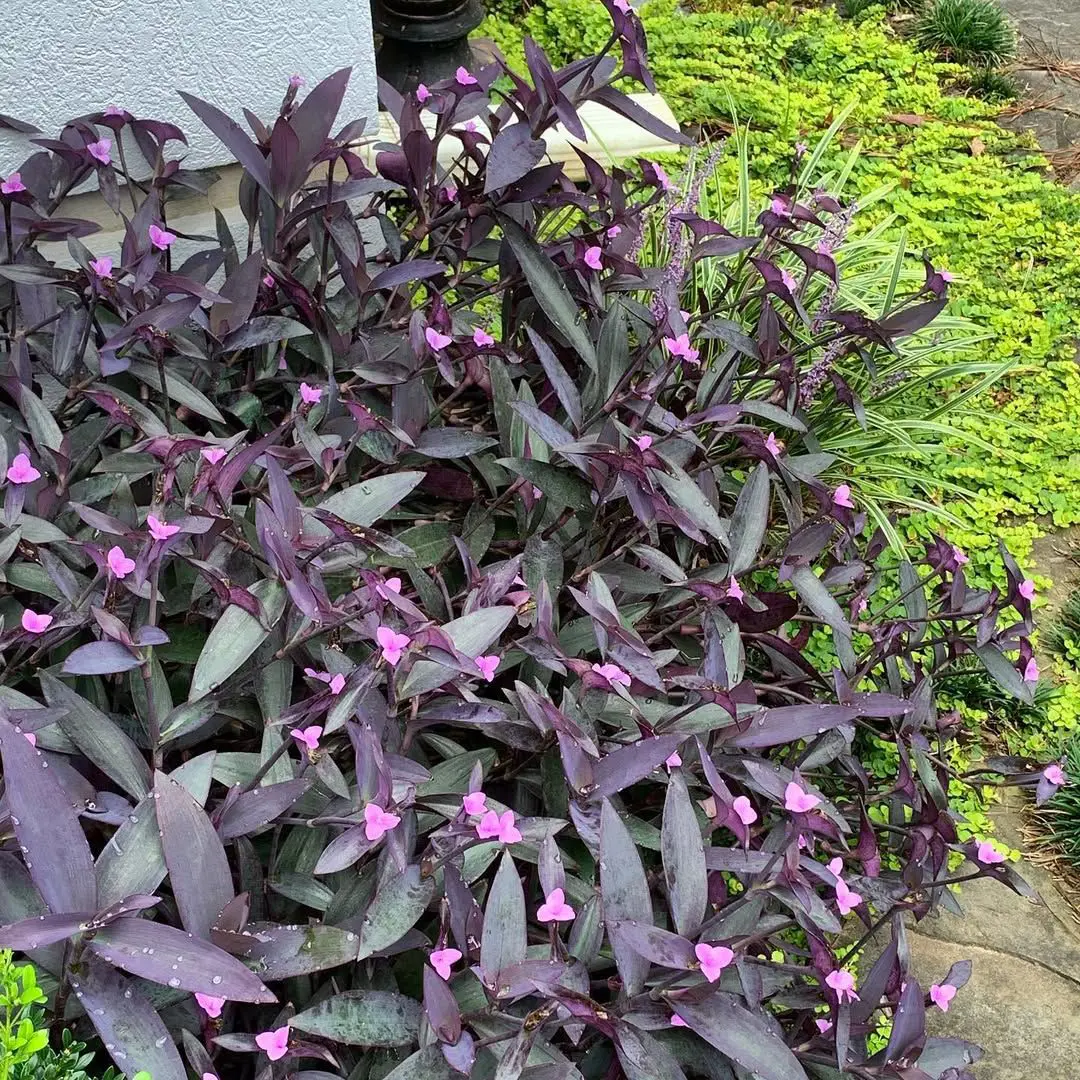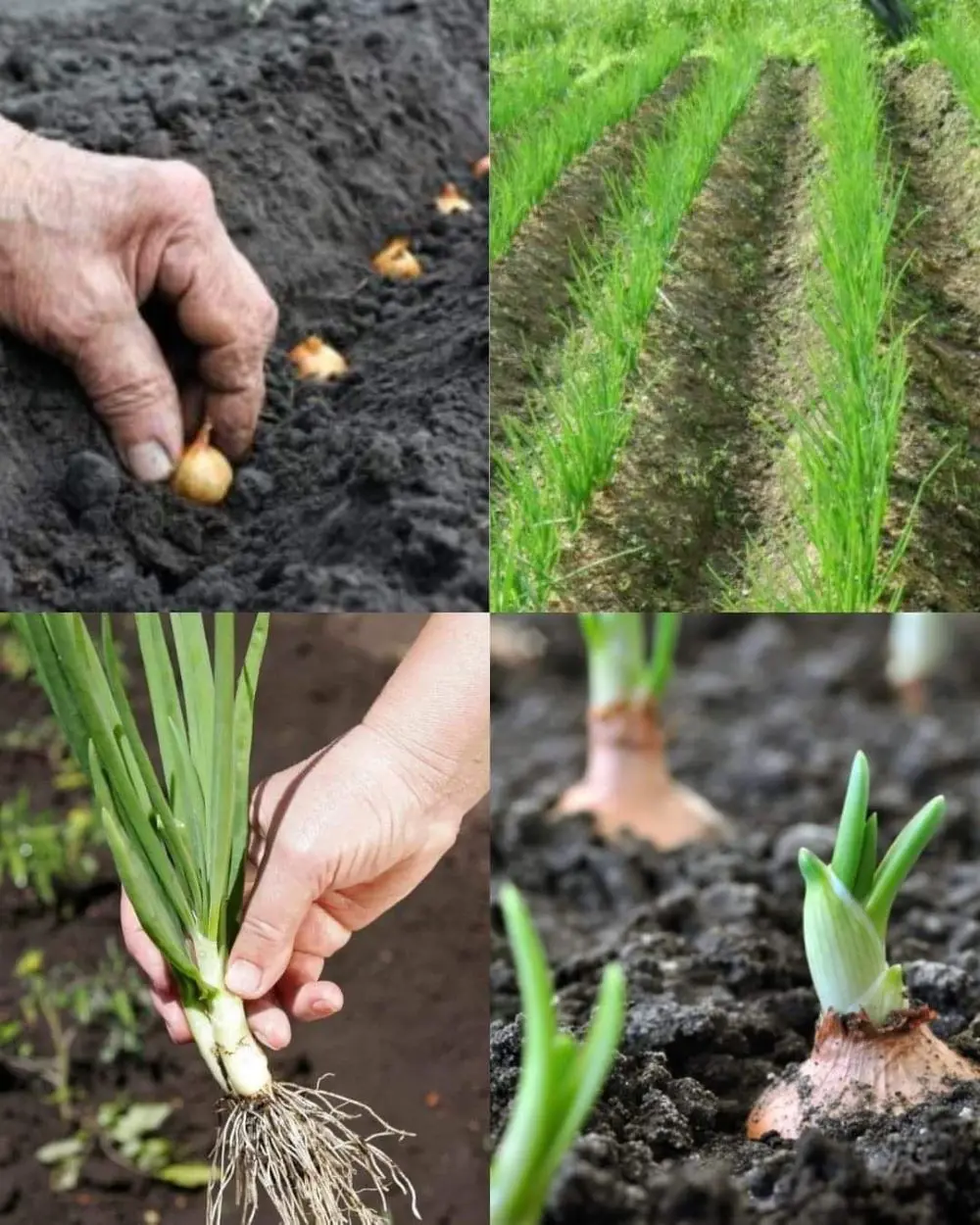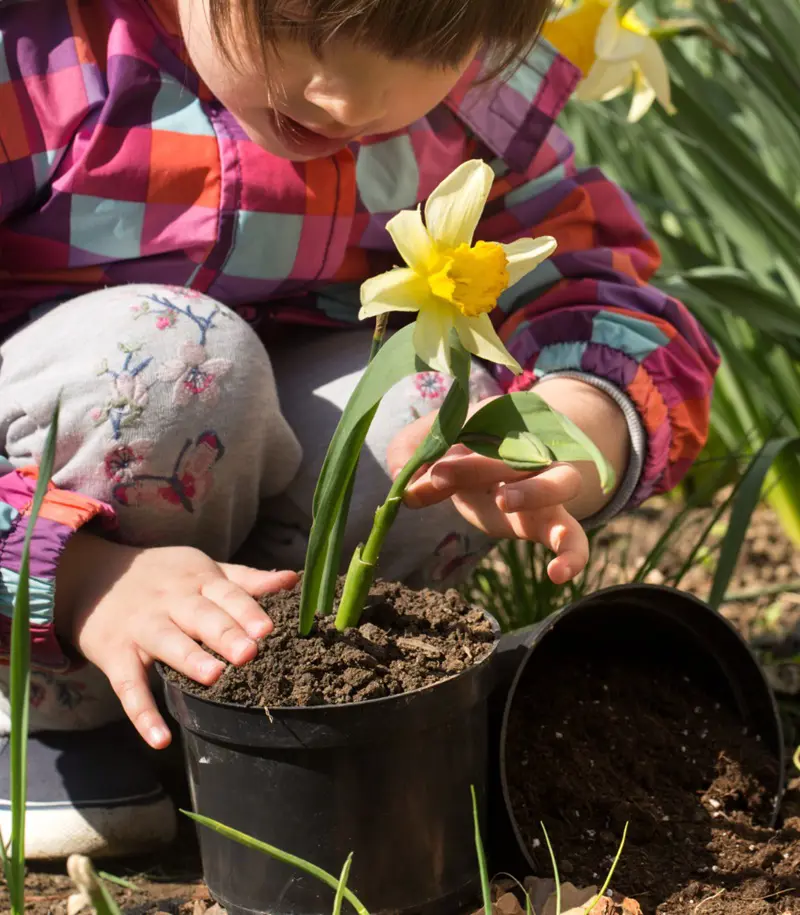Cinnamon is a beloved spice known for its warm, sweet flavor and aromatic scent. It is derived from the inner bark of the Cinnamomum tree. Growing your own cinnamon can be a rewarding and fragrant addition to your garden or indoor plant collection.
Let's get started with the entire process, from planting and growing to caring for and harvesting cinnamon trees. Whether you're aiming to enjoy fresh cinnamon or simply add an exotic touch to your green space, these detailed instructions will help you cultivate a thriving cinnamon plant.
Cinnamon Overview
| Feature | Description Feature |
| Common Name | Cinnamon |
| Scientific Name | Cinnamomum zeylanicum |
| Family Name | Lauraceae |
| Plant Type | Evergreen tree |
| Mature Size | Up To 15 Meters (50 Feet) Tall |
| Bark | Inner bark is the spice, reddish-brown and fragrant |
| Leaves | Elliptical, glossy green, with a strong cinnamon scent when crushed |
| Flowers | Yellowish-white, small, and clustered |
| Fruit | Dark purple, oval-shaped drupe |
| Uses | Culinary spice, medicinal purposes, fragrance |
How To Plant Cinnamon?
Planting cinnamon successfully involves selecting the right location, preparing the soil, and ensuring proper planting techniques. Here’s a detailed guide to get you started.
Selecting a Planting Site
Cinnamon trees usually grow in tropical climates with high humidity and consistent warmth. They prefer partial shade to full sun and well-drained soil. Here are the key considerations for choosing a planting site:
- Climate: Cinnamon trees flourish in tropical and subtropical regions. Ideal temperatures range from 77°F to 86°F (25°C to 30°C). They do not tolerate frost and need protection from strong winds.
- Sunlight: While cinnamon can grow in full sun, partial shade is beneficial, especially in extremely hot climates. This mimics the tree’s natural understory habitat.
- Soil: Cinnamon prefers rich, sandy loam or well-drained clay soil with a slightly acidic to neutral pH (5.5 to 6.5). Avoid heavy clay soils that retain water, as this can cause root rot.
Preparing The Soil
Before planting, prepare the soil to ensure it provides the necessary nutrients and drainage:
- Clear the Area: Remove any weeds, rocks, or debris from the planting site.
- Amend the Soil: Incorporate organic matter such as compost or well-rotted manure to improve soil fertility and drainage.
- pH Testing: Conduct a soil test to determine pH levels and amend the soil accordingly. Add lime to raise pH or sulfur to lower it if needed.
Planting Cinnamon Trees
- Digging the Hole: Dig a hole twice as wide and as deep as the root ball of the young tree. This allows roots to spread easily.
- Planting Depth: Place the tree in the hole, ensuring it is planted at the same depth it was in the nursery container. The root collar should be level with the soil surface.
- Backfilling: Fill the hole with soil, gently firming it around the roots to eliminate air pockets.
- Watering: Water the tree thoroughly after planting to help settle the soil and establish roots.
How To Grow Cinnamon Plant?
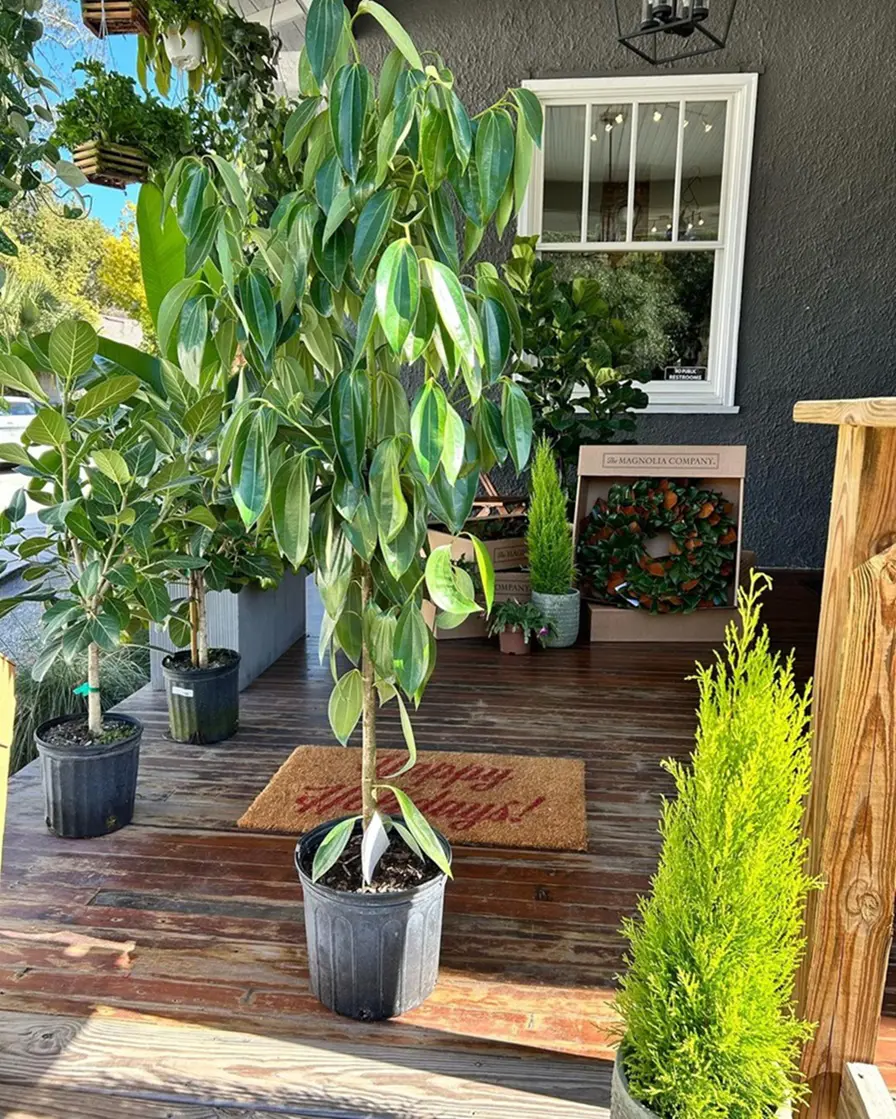
Growing cinnamon involves regular care and attention to ensure the tree remains healthy and productive. This section covers the essential aspects of cinnamon plant care, including watering, fertilizing, and managing environmental conditions.
Watering
Cinnamon trees need consistent moisture, especially during the establishment phase. Here’s how to manage watering:
- Frequency: Water young trees regularly, keeping the soil consistently moist but not waterlogged. Mature trees require less frequent watering but should not be allowed to dry out completely.
- Method: Use drip irrigation or a soaker hose to deliver water directly to the root zone, minimizing evaporation and reducing the risk of fungal diseases.
Fertilizing
Proper fertilization promotes healthy growth and enhances cinnamon production:
- Type: Use a balanced, slow-release fertilizer (such as a 10-10-10 NPK formula) or organic options like compost or manure.
- Application: Fertilize young trees every 6-8 weeks during the growing season (spring through early autumn). For mature trees, reduce frequency to 2-3 times per year.
Temperature and Humidity
Cinnamon trees thrive in warm, humid conditions:
- Temperature: Maintain temperatures between 77°F to 86°F (25°C to 30°C). Protect the tree from temperatures below 60°F (15°C).
- Humidity: High humidity (70-90%) is ideal. Increase humidity levels by misting the leaves or using a humidifier if growing indoors.
Light
Cinnamon trees grow best in partial shade but can tolerate full sun:
- Indoors: Place the tree near a bright window with filtered light. Rotate the plant occasionally to ensure even growth.
- Outdoors: Provide dappled sunlight or partial shade, especially in areas with intense midday sun.
Pruning Techniques For Cinnamon Tree
Pruning plays a crucial role in ensuring the health and appearance of your cinnamon tree. Here’s a detailed guide on how to effectively prune your tree:
Timing and Frequency
It's recommended to prune young cinnamon trees annually to encourage proper shaping and branching. Mature trees, on the other hand, benefit from pruning every 2-3 years to maintain their structure and vigor.
Season
Prune during the dry season when fungal infections are less likely to occur. This timing reduces the risk of diseases entering through fresh cuts.
Method
Start by ensuring your pruning tools are sanitized and sharp to prevent the spread of diseases. Now follow the given steps below:
-
Remove Dead Wood: Begin by cutting out any dead, diseased, or damaged branches. This helps maintain the tree's health and appearance.
-
Shape the Tree: Thin out crowded branches to improve air circulation and allow more sunlight to reach the inner parts of the tree. This promotes overall tree health and reduces the risk of fungal issues.
-
Control Height: If your cinnamon tree is growing too tall, especially in a container, prune the top to maintain a manageable height. This not only facilitates easier maintenance but also encourages bushier growth.
Propagation Techniques
Cinnamon trees, known for their aromatic bark, are typically propagated either from seeds or through vegetative methods such as cuttings or air layering. Here’s a detailed look at the propagation process:
Seed Germination
While less common due to a lengthy germination period, cinnamon can be grown from seeds:
- Seed Preparation: Start with fresh seeds. Soak them in water for 24 hours before planting to enhance germination.
- Planting: Sow seeds in a well-draining seed-starting mix, burying them about 1/2 inch deep. Maintain high humidity and keep temperatures consistently around 77°F (25°C).
- Germination Time: Seeds typically sprout within 4-6 weeks but may require longer periods.
Vegetative Propagation
- Cuttings: Take 6-8 inch cuttings from mature trees, ensuring each cutting includes at least two nodes. Remove lower leaves, dip the cut end in rooting hormone, and plant in a mix of peat and perlite. Keep moist and warm until roots develop.
- Air Layering: Select a healthy, lower branch. Girdle the bark and apply the rooting hormone. Wrap with moist sphagnum moss and plastic wrap, securing both ends. Roots will form in a few months, allowing for separation and transplantation.
Where Does the Cinnamon Tree Grow?
Cinnamon trees are native to tropical and subtropical regions, thriving in countries with warm, humid climates. Key growing regions include:
- Sri Lanka: Known for producing Ceylon cinnamon (Cinnamomum verum), regarded as the “true cinnamon.”
- India: Both Ceylon and cassia cinnamon (Cinnamomum cassia) are grown.
- Indonesia: Major producer of cassia cinnamon.
- Vietnam: Another significant producer of cassia cinnamon, particularly in the central and northern regions.
- Brazil: Emerging as a notable producer of Ceylon cinnamon.
These regions provide the ideal conditions of warmth, humidity, and rich, well-drained soil necessary for cinnamon cultivation.
How Is Cinnamon Harvested?
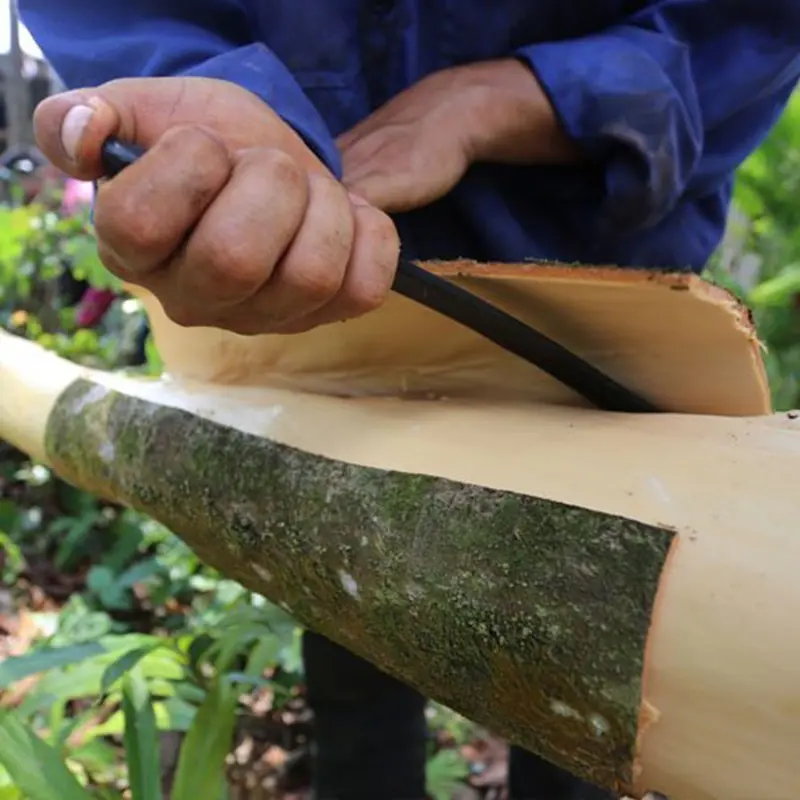
Harvesting cinnamon involves careful stripping of the bark from the tree. Here’s how the process works:
Timing
- Optimal Age: Trees are usually ready for harvesting when they are 2-3 years old.
- Season: Harvesting typically occurs during the rainy season when the bark is more pliable and easier to peel.
Method
- Cutting: Young stems or branches (1-2 inches in diameter) are cut close to the ground.
- Peeling: The outer bark is scraped off, exposing the inner bark. This inner bark is then carefully peeled off in strips.
- Drying: The strips of bark are rolled into quills and dried in the sun. During drying, they curl up and form the familiar cinnamon sticks.
- Processing: Once dried, the cinnamon quills are cut to size and packaged for sale. The leftover pieces may be ground into cinnamon powder.
Growing In Pots
Cinnamon can be grown in pots, making it accessible for those without garden space. Here’s how to grow cinnamon in containers:
Selecting a Pot
- Size: Choose a large pot (at least 18-24 inches in diameter) to accommodate the tree’s root system.
- Material: Use a pot with drainage holes to prevent waterlogging. Terracotta pots are ideal as they allow for better air circulation around the roots.
- Soil: Use a well-draining potting mix enriched with organic matter.
- Planting Depth: Plant the tree at the same depth as it was in the nursery container.
Care
- Watering: Keep the soil consistently moist but not waterlogged. Reduce watering in winter when growth slows.
- Fertilizing: Apply a balanced, slow-release fertilizer every 6-8 weeks during the growing season.
- Light: Place the pot in a location that receives partial shade to full sun.
- Pruning: Regularly prune to maintain a manageable size and shape.
Common Problems With Cinnamon Plants
Cinnamon plants, like any other, can face various issues. Here are some common problems and their solutions:
Pests
- Scale Insects: These small, sap-sucking pests can weaken the plant. Treat with insecticidal soap or neem oil.
- Spider Mites: These tiny arachnids cause stippling on leaves. Increase humidity and use miticides if necessary.
- Leaf Miners: Larvae burrow into leaves, creating visible trails. Remove and destroy affected leaves and use insecticides if needed.
Diseases
- Root Rot: Caused by waterlogged soil. Ensure proper drainage and avoid overwatering.
- Leaf Spot: Fungal or bacterial spots on leaves. Improve air circulation and apply appropriate fungicides or bactericides.
- Cinnamon Gall: A fungal disease causing galls on branches. Prune affected areas and apply fungicides.
Environmental Issues
- Leaf Yellowing: Often due to nutrient deficiencies or overwatering. Adjust fertilization and watering practices.
- Leaf Drop: Can result from sudden changes in temperature or humidity. Ensure consistent environmental conditions.
Nutrient Deficiencies
- Nitrogen Deficiency: Causes yellowing leaves and stunted growth. Apply a nitrogen-rich fertilizer.
- Iron Deficiency: Results in yellowing between leaf veins. Use an iron supplement or chelated iron.
